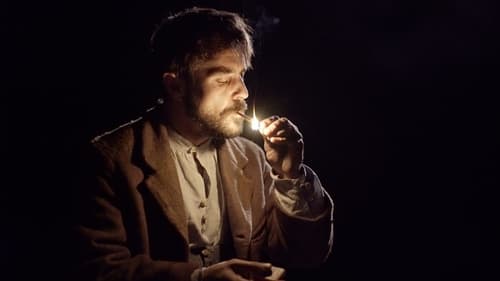
Producer
Vivid mosaic/portrait of Rome’s biggest public square, Piazza Vittorio, featuring talks with African musicians and restaurant workers, Chinese barkeeps and relocated eastern Europeans, homeless men and women, artists, actors, and many others.

Producer

Producer
A period drama, set in 1946, about a village harbouring dark secrets.

Co-Producer
Three young women at home, the eye of the camera doesn't leave them for a moment and shows them first in a narrow kitchen, then in a small bathroom in front of a mirror, then in a bare living room where they spend part of the evening. The three are the mistress of the house and her servants, and the film is clearly based on Les Bonnes by Genet. The servants pretend to unite to varying degrees against their mistress, and she, in turn, pretends to be a mistress who doesn't give explicit orders but who makes herself admired anyway. Each one of them plays the part that is most congenial to her.

Associate Producer
Three young Russian friends amuse themselves in a small seaside town with a series of minor adventures, some of which involve a new suit.

Producer

Angelo gets handcuffed to the bed by Alba who won't let him go. A womanizer rediscovers fear, doubts and desire.

Ragazzo sul balcone

Director
A collective cinematic project to promote tolerance and the value of diversity.

Producer
From Moscow to Mexico City, Eisenstein was privileged enough to met the cultural heroes of the era and embrace them as compatriots, with a handshake. Such was his reputation as the wunderkind of the new art of cinema, everybody wanted to meet him; there were writers, painters, critics, theorists and philosophers, as well as composers, architects, and artists from all branches of the cultural life that was shaping minds and civilizations. Our project would follow Eisenstein's journey and note the significant characters he encountered on his travels, with a focus on Switzerland.

Producer
The 27 year-old Romanian sculptor Constantin Brancusi walked from Romania to Paris in 1903 and 1904 as a preparation and prelude to becoming the most important sculptor of the 20th century. Brancusi leaves his small village of Hobitza, south of the Carpathian Mountains and walks through Romania, Hungary, Austria, Germany, Switzerland, and parts of France to arrive in Paris, the metropolis of world culture for the first three decades of the 1900s. He walks in spring, summer, winter and autumn, treading the landscape away from the beaten track, experiencing sights, having adventures, suffering hardships, looking, touching and feeling the world as a preparation of what is to come for him.





